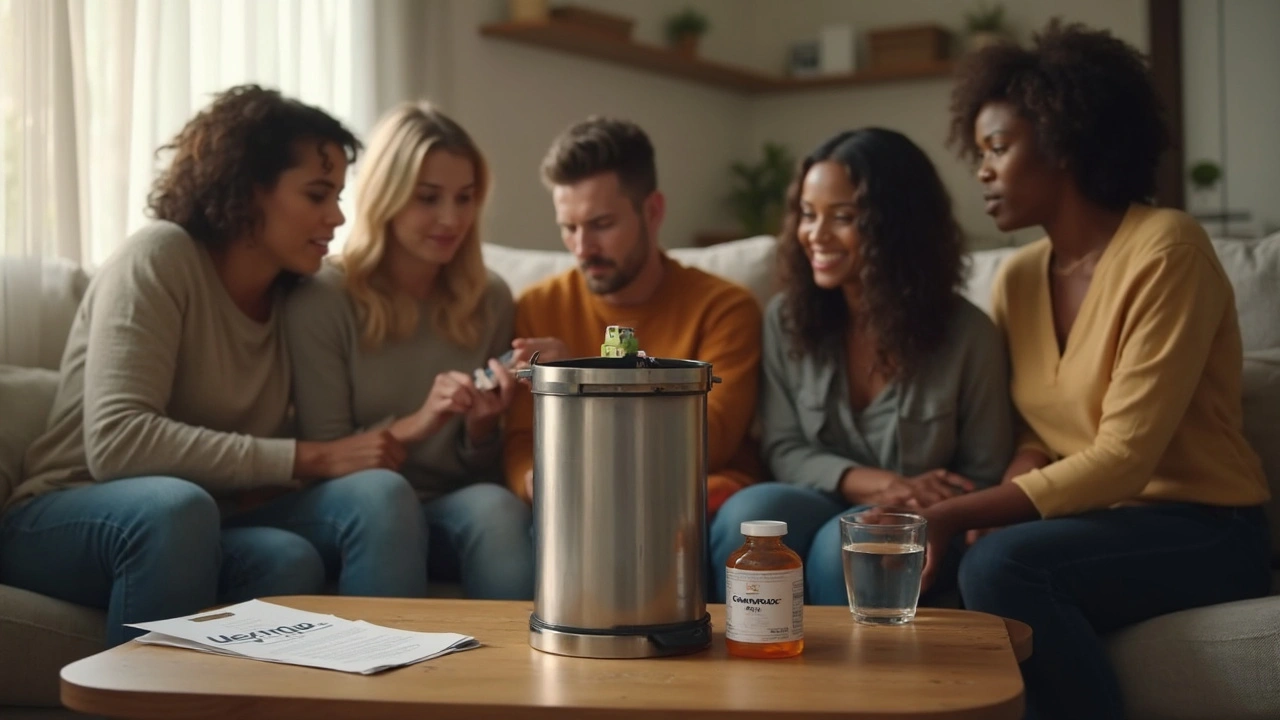Varenicline: How It Helps You Quit Smoking
If you’ve tried patches, gum, or cold turkey and still light up, you’ve probably heard of varenicline. It’s the prescription pill behind the brand name Chantix, and many people swear by it for finally putting cigarettes behind them. This article breaks down what the drug does, how to take it, what to watch for, and a few everyday tricks to make the quit journey smoother.
How Varenicline Works
Varenicline isn’t a nicotine replacement; it’s a nicotine receptor partial agonist. In plain terms, it binds to the same brain spots that nicotine does. When you take a dose, those receptors get a gentle “hello” that eases cravings, but they never get the full blast of nicotine that makes smoking feel rewarding. Because of that split‑action, you feel less urge to reach for a cigarette and also get a milder withdrawal if you slip.
The drug starts working within a few days, but most doctors suggest a one‑week “lead‑in” period where you take the pill but keep smoking. That way your body gets used to the medication before you quit for good. When the quit day rolls around, you’re already primed, and the cravings are usually much softer.
Dosage, Safety, and Managing Side Effects
The usual schedule is 0.5 mg once a day for three days, then 0.5 mg twice a day for the next four days, and finally 1 mg twice a day for the rest of the 12‑week treatment. You keep the medication for another 12 weeks after you’ve stopped smoking to help prevent relapse.
Most people handle varenicline well, but a few common side effects pop up. The most frequent are nausea, trouble sleeping, and vivid dreams. Taking the pill with food can calm the stomach, and if you find the dreams too intense, try moving the dose to the morning.
There’s a small warning box about mood changes. If you feel unusually down, anxious, or notice thoughts of self‑harm, call your doctor right away. While these reactions are rare, staying alert can keep you safe.
Because the drug works on brain chemistry, avoid alcohol until you know how you react. Some people notice that drinking makes nausea worse. If you’re on other meds, especially any that affect the brain (like antidepressants), let your prescriber know – they might need to adjust the plan.
Practical tip: keep a quit‑day calendar. Mark the day you’ll stop smoking, then count pills on a sticky note. Seeing the progress day by day can boost confidence and remind you that the medication is doing its job.
Another handy habit is pairing varenicline with behavioral support. Even a brief phone counseling session or an app that tracks cravings can double your success odds. The drug tackles the chemical side, while counseling tackles habits and triggers.
When the 12‑week course ends, many doctors suggest a taper‑down or switching to a nicotine patch for a few weeks if cravings linger. Talk to your doctor about the best finish line for you.
Bottom line: varenicline is a powerful tool that can make quitting feel less like a battle and more like a steady walk. Stick to the dosing schedule, watch for side effects, and back the pill up with a little support – you’ll increase your chances of staying smoke‑free.
-
26
Get the real story on Champix, the stop smoking pill, how it works, side effects, and tips for quitting. Find out what to expect and if it's the right choice for you.

